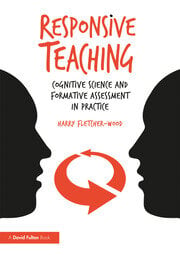Being You A Girl's Guide to Mindfulness
Do you ever feel stressed anxious or overwhelmed? As a teen girl you're under a lot of pressure. Mindfulness can help. Being You explores mindfulness as a simple but powerful way to center oneself and tap into one's own inner wisdom and strength. This book: Is packed with 52 different activities on mindfulness gratitude compassion and self-acceptance. Helps you navigate the pressures of home school and the confusing world of frenemies and social media. Features inspiring quotes from young women who use mindfulness in the visual and performing arts creative writing sports and STEM. Includes a wide range of practices and perspectives. Includes information about how scientists study the mind and the brain. You will discovery the many different ways mindfulness is practiced around the world. Most importantly you'll try it yourself. Practicing mindfulness can help you feel happier and less stressed as you grow into the woman you want to become. This book will show you how. Ages 14–16 | Being You A Girl's Guide to Mindfulness

























